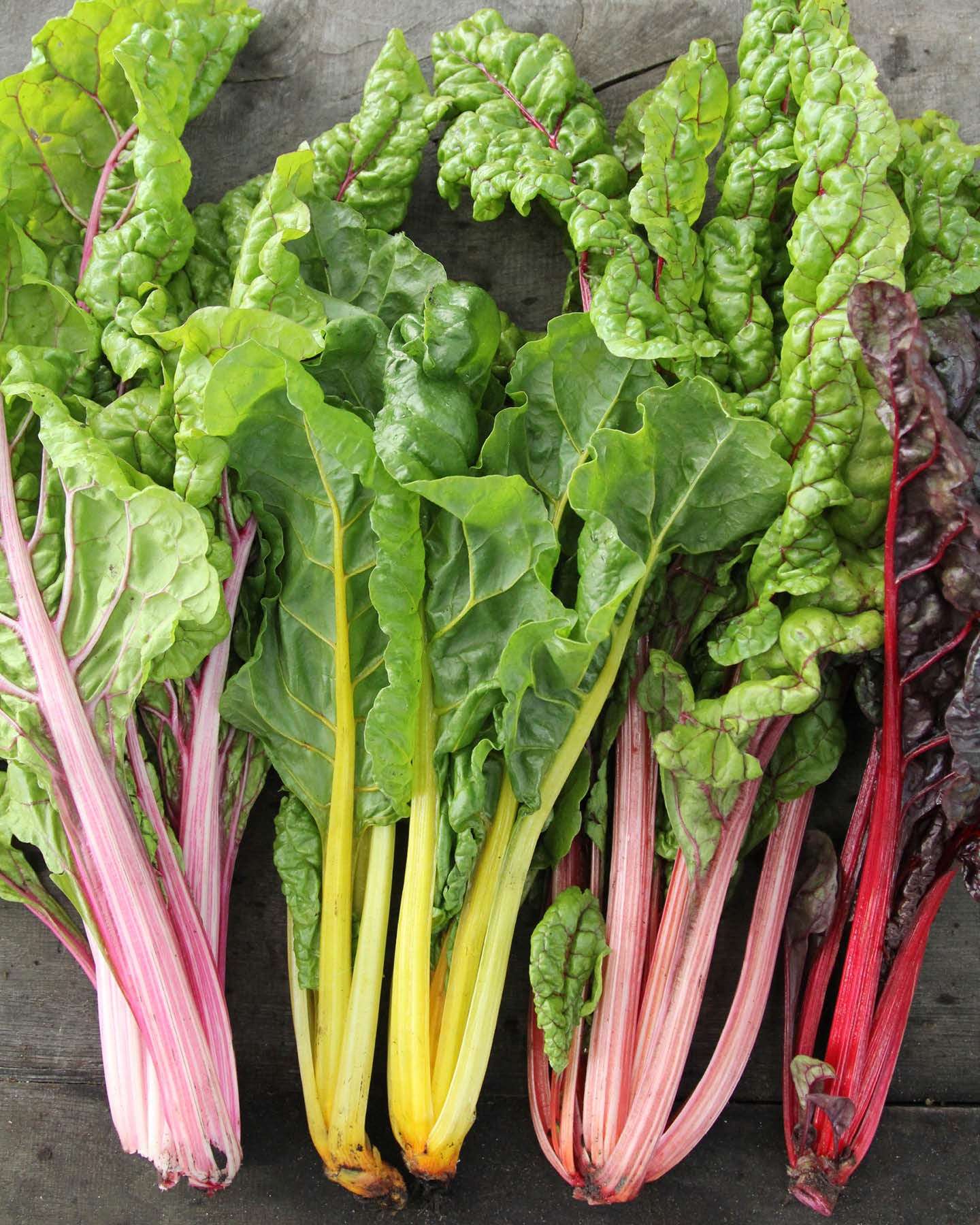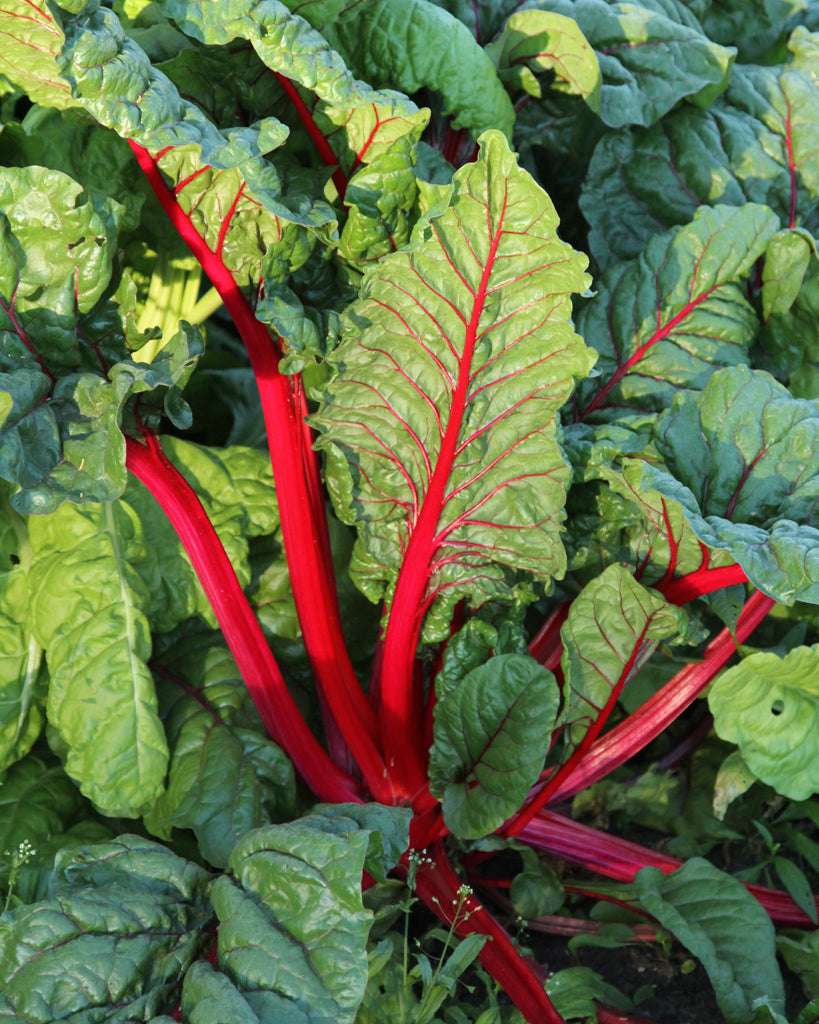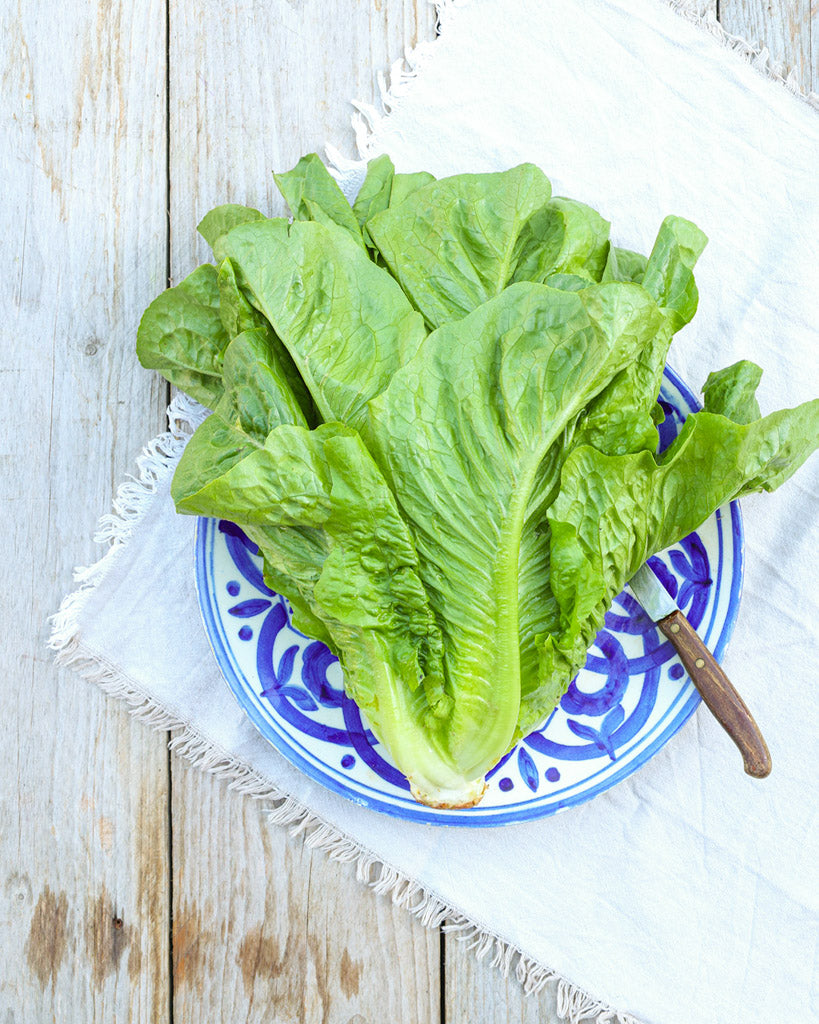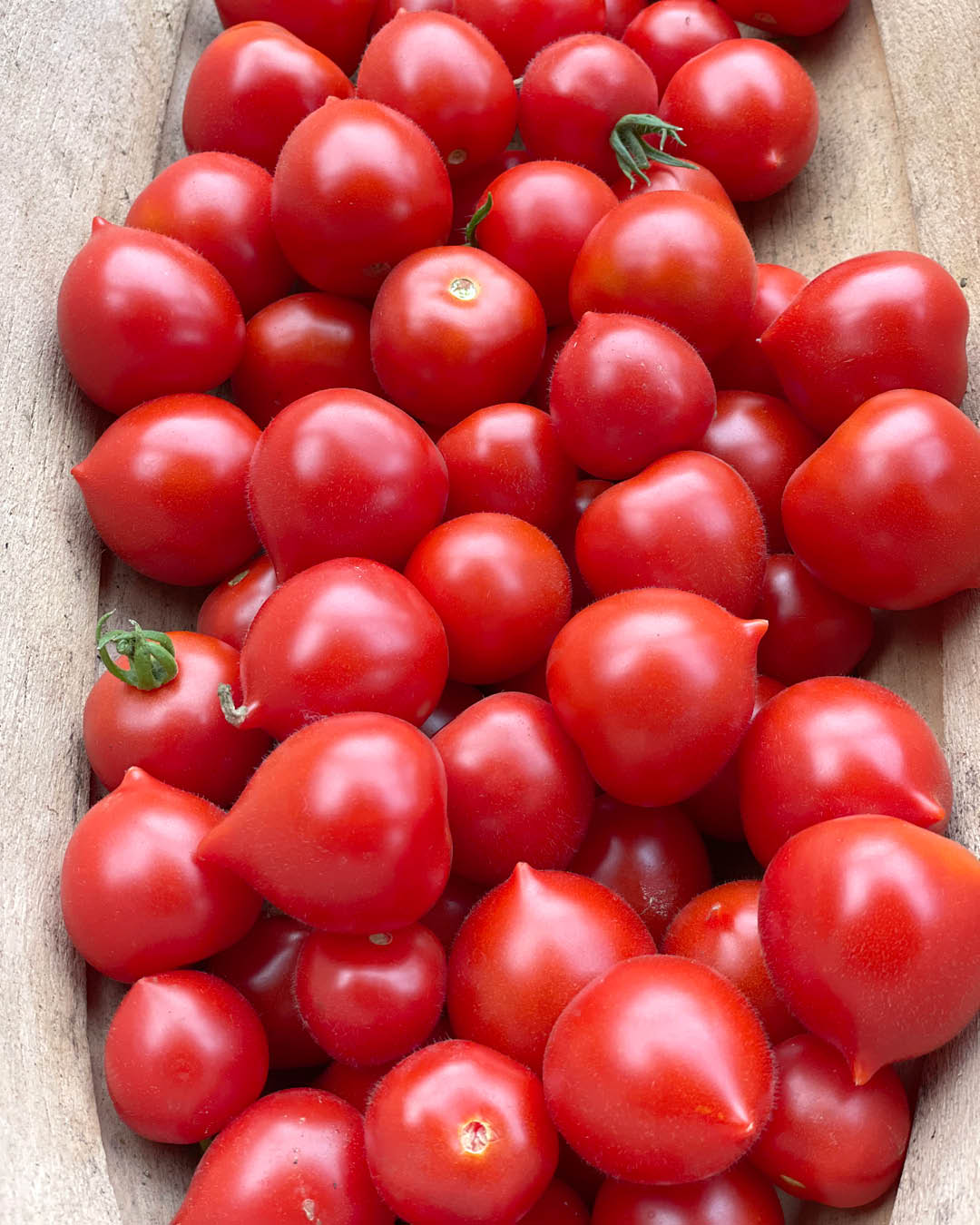chard
Native to the Mediterranean region, chard (Beta vulgaris ssp. vulgaris) is highly decorative, but is primarily cultivated for culinary purposes. Its bright red, yellow, or orange stems make it a real eye-catcher in the vegetable garden. Thanks to its low maintenance requirements, chard is a productive vegetable even for novice gardeners and rewards its cultivation with a bountiful harvest.
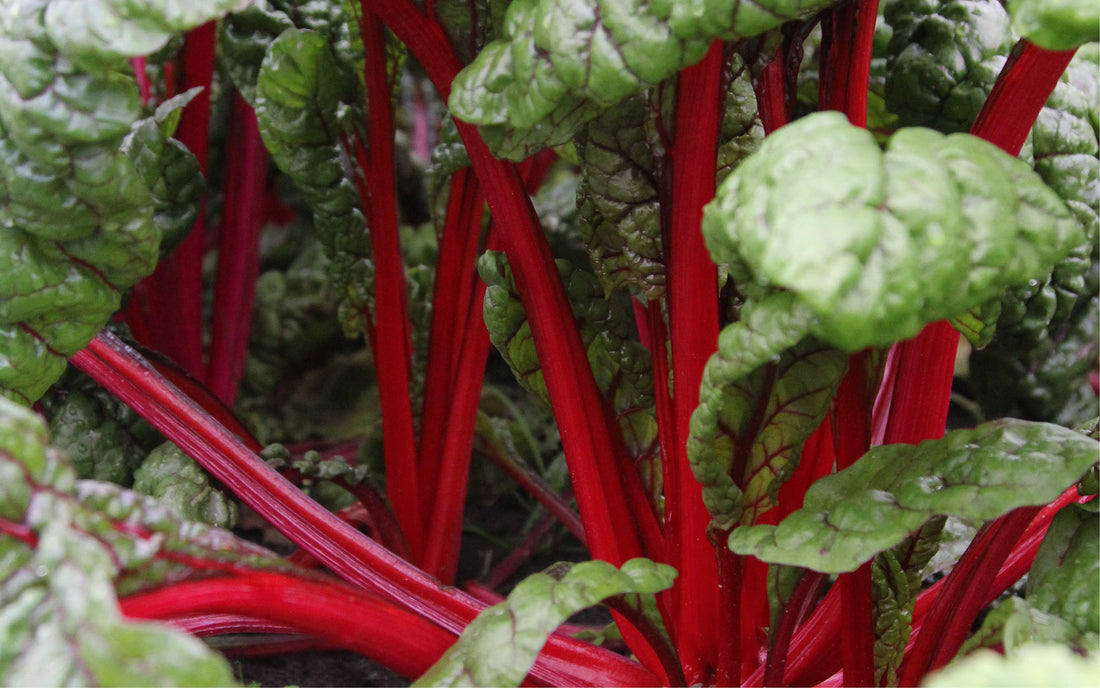
Planting time – When is best?
Sow directly into the garden bed from April to May. Sow in a cold frame a little earlier, in March. Potted plants are planted in sunny or partially shaded spots in the garden bed in May.
Growing chard – how does it work?
It's best to sow directly into the bed, in three-centimeter-deep seed holes with 40 cm between rows. Two to three seeds should be sown at a time. Later, when the seedlings have sprouted two leaves, thin them out, leaving only the strongest plants.
Location – Where is best?
Deep, humus-rich soils that retain moisture well are particularly suitable. The location can be sunny or partially shaded.
Care – What needs to be done?
Swiss chard is relatively undemanding to grow. However, it still benefits from regular watering and weeding. Fertilizing with compost at the beginning of cultivation and sprinkling one to two teaspoons of table salt per square meter will provide it with sufficient nutrients.
Harvest – What should you consider?
The first harvest is often possible after eight weeks. Swiss chard is harvested leaf by leaf, from July until the first frost. The best leaves are regularly picked for fresh consumption. Swiss chard is prepared much like spinach. The trimmed stems can also be easily preserved in jars or frozen.
Mixed culture – What are good neighbors?
Artichokes, beans, onions, turnips, borage, broccoli, fennel, cabbage, strawberries, lettuce, radishes, carrots and nasturtiums are good partners for chard.

Botany – What kind of plant is this?
Chard belongs to the Amaranth family and is related to sugar beet. Its long-stemmed leaves, up to 30 cm long, are slightly curled or wavy. The stems are white, yellow, red, or orange, and the leaves are light to dark green. The entire plant, except for the root, is edible.
Swiss chard contains many valuable vitamins and minerals. However, it is best eaten cooked or steamed, as the plants also contain oxalic acid, which is reduced by cooking.
Steamed or as a gratin, chard is considered a culinary highlight among connoisseurs.
Cultural history – How did chard come to us?
Chard is a vegetable steeped in history: an ancestor of chard is said to have been cultivated in the Mediterranean as early as the time of Christ's birth.
In Germany, however, the vegetable was first mentioned in herbal books from the 16th century onwards. In the following years, it became increasingly popular. Especially in the warmer seasons, it was considered a good alternative to spinach, as spinach doesn't grow in summer. However, with the introduction of frozen spinach, demand for chard declined sharply. For a while, it was only available in well-stocked health food stores or farmers' markets. Today, demand for this long-stemmed leafy vegetable is slowly increasing again.
TEXT: Merle Hildebrandt

